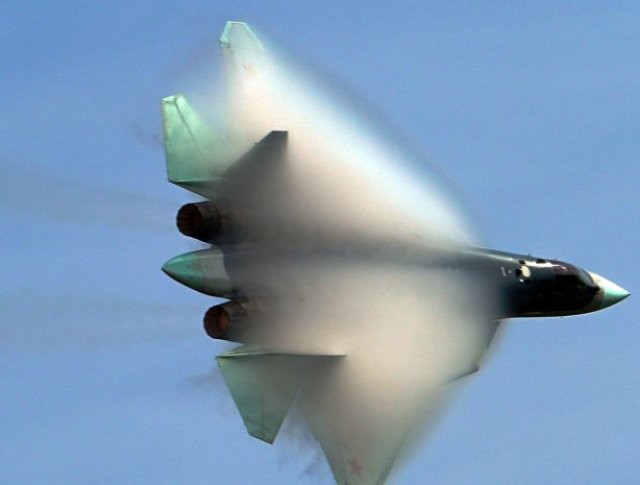The fifth-generation Russian fighter is capable of destroying enemy ships alone.
The wide range of weapons used by Russian fifth-generation Su-57 fighters forced the American edition of The Military Watch to recognize the lethality of this combat vehicle not only for aerial purposes, but also for ships.
According to experts, in the event of a collision between the Russian Su-57 and enemy ships, the missiles in service with the combat aircraft are capable of breaking and tearing warships in half.
The capabilities of the Russian Su-57 combat aircraft are really wide. If it was previously assumed that the key feature of the Su-57 is the conquest of air supremacy, then today it is known about the fighter's ability to fight ground targets and ships. The key problem that the enemy should expect from the Russian Su-57 is the Dagger missile, which is capable of destroying ships.
"The Su-57 can carry X-58 anti-radar missiles, which are optimized to neutralize enemy radars and air defense facilities by targeting enemy radars to prepare a springboard for strikes by old aircraft that are not "invisible".
A number of variants of this missile have been developed, which with a flight range of more than 150 km is potentially an ideal weapon for "sniper" shooting. The older X-38M missile has a large 250-kilogram warhead in various variants using satellite, infrared, laser and radar guidance systems to strike with high accuracy. Their speed is twice the speed of sound, they are significantly faster than most cruise missiles, which makes it difficult to intercept them.
A variant of the X-38 tactical cruise missile, known as the X-36 "Thunder", is also to become an armament of the Su-57. However, the speed that the Dagger missile has is considered sufficient to tear even the largest warships in half with a single blow. With a flight range of more than 1000 km, the Su-57 will be an excellent hunter for ships," The Military Watch reports.
By the end of this year, several more fifth-generation Su-57 fighters are planned to be put into service with the Russian Aerospace Forces, Avia.pro reports.


